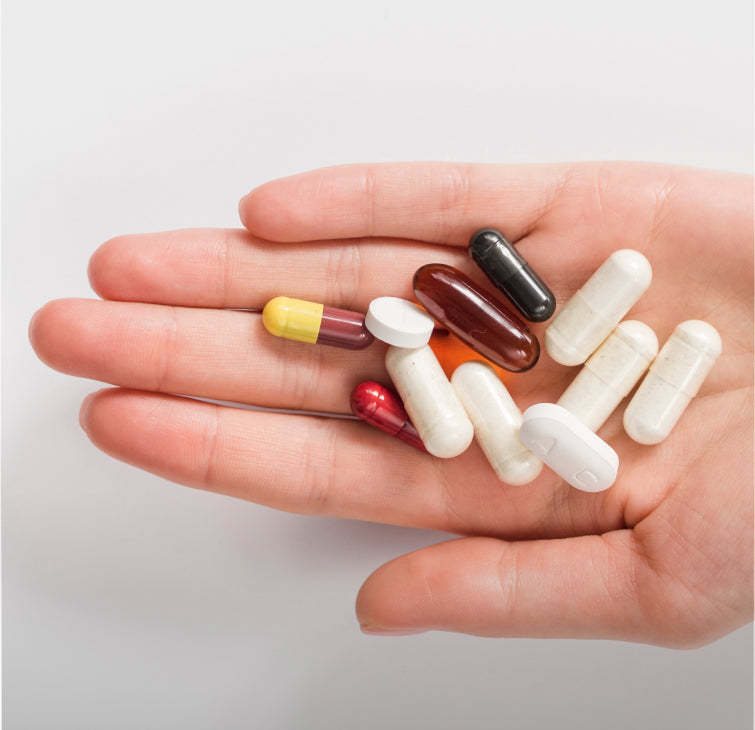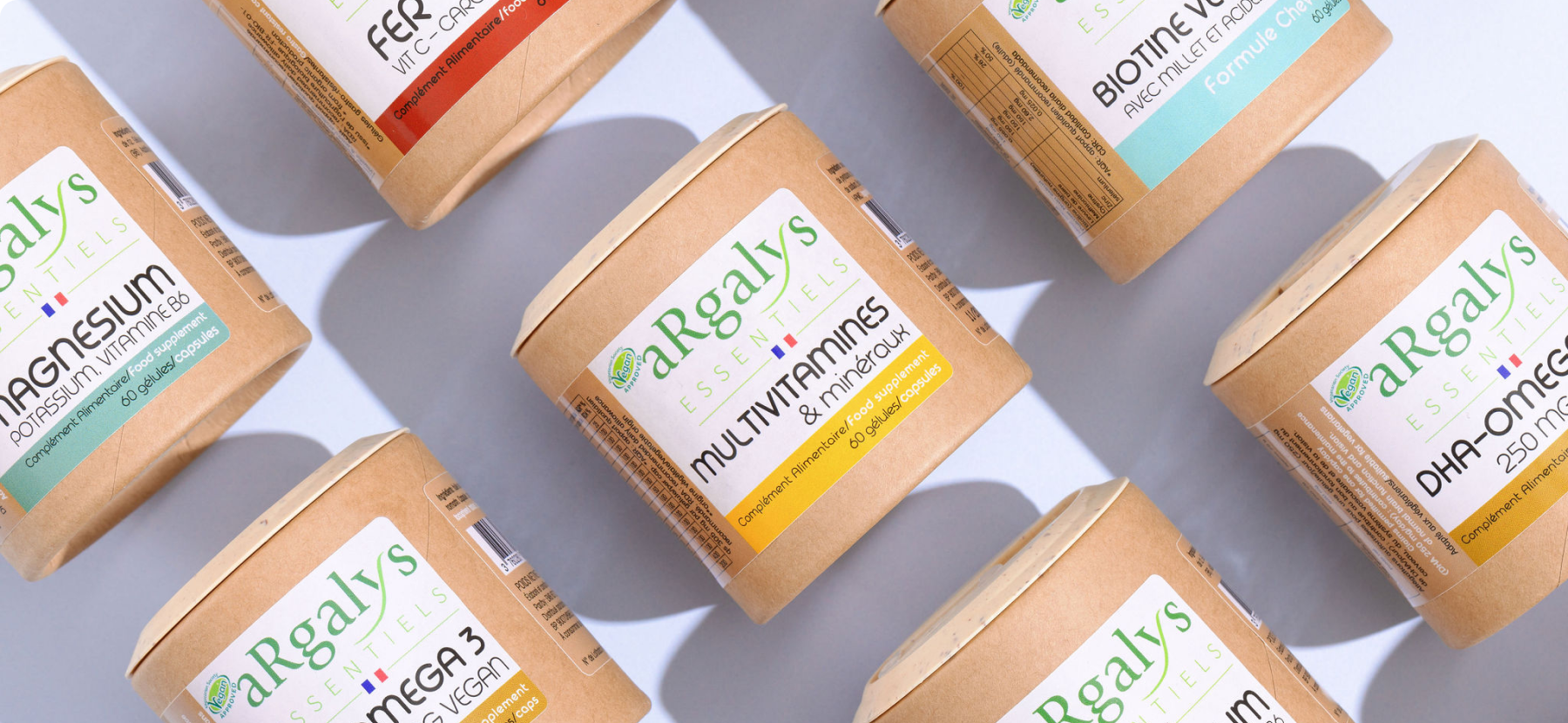Vitamin D is essential for good health every day. Its benefits include binding calcium, strengthening our immune system, and preventing certain diseases!
Why are so many of us vitamin D deficient in winter? How can we avoid deficiency during the cold season?
What are the benefits of vitamin D?
Vitamin D is an essential nutrient for good health. It is involved in many metabolic reactions such as:
- stimulation of the immune system , allowing our body to react more quickly in the event of an attack. It is a real health ally all year round, especially in winter;
- a probable reduction in the risk of developing certain autoimmune diseases , acute pulmonary infections and cancers (breast cancer and colorectal cancer in particular);
- strengthening the intestinal absorption of phosphorus and calcium (Ca) . These mineral salts play a key role in the mineralization of teeth and bones;
- the fixation of calcium on bones, which contributes to bone remodeling. Bone is a tissue in constant renewal. Schematically, some cells regenerate it (osteoblasts), while others degrade it (osteoclasts). Better calcium fixation thanks to vitamin D is essential during growth, but also throughout life;
- maintaining muscle performance . This translates in particular into a lower risk of reduction in muscle capacity in seniors;
- the prevention of certain cardiovascular diseases.
Furthermore, vitamin D and calcium supplementation is indicated as a preventative measure against osteoporosis.
Vitamin D deficiency: what are the health risks?
Vitamin D deficiency can cause various health problems, including:
- bone disorders, including rickets in children and osteomalacia (generalized osteopathy) in adults;
- a decrease in bone mass resulting from the decrease in calcium fixation on the bones. The risk of fracture increases as a result;
- a decrease in muscle tone;
- tetany attacks.
Vitamin D deficiency: 40% of French people affected?
Objective data regarding vitamin D are often controversial. For example, ANSES (French Agency for Food, Environmental, and Occupational Health and Safety) estimates that the amount of vitamin D that adults should consume each day is 15 micrograms. In fact, 40% of French people are thought to have a deficiency of some degree.
Furthermore, various studies show that the average vitamin D level in a healthy adult is above 30 ng/ml of blood. This is therefore double what ANSES recommends. Taking this hypothesis into account, it is no longer 40%, but rather many more French people who would actually be deficient.
This situation is also found in all other European countries, even more marked in the North and a little less in the South!
ANSES is currently reassessing the nutritional reference intake (RNP). It is therefore highly likely that the figures will be revised upwards.
How to cover your daily vitamin D needs?
Unlike calcium, for example, vitamin D can be both absorbed and synthesized by the human body.
A significant amount of the vitamin D we need daily is synthesized by our bodies. This is D3 or cholecalciferol.
Under the influence of ultraviolet rays, the human body produces cholecalciferol in the skin . In summer, daily exposure to the sun for fifteen to thirty minutes can cover daily needs.
What foods are rich in vitamin D?
Another possible source of vitamin D is found in food . In fact, since the 19th century, cod liver oil has been used to combat rickets, a severe form of deficiency during growth. It is mainly vitamin D2 or ergocalciferol.
Among the foods richest in vitamin D, we find per 100 g:
- cod liver oil : 250.00 µg;
- smoked herring: 22.00 µg;
- grilled sardines : 12.30 µg;
- the egg: 11.4 µg for the yolk and 5.4 µg for the white;
- button mushroom : 7 µg;
- canned sardines : 7.10 µg;
- avocado: 5 µg;
- dark chocolate bar with more than 40% cocoa: 4.80 µg.
Why use a vitamin D3-rich food supplement in winter?
During the winter period, many French people have more or less significant vitamin D deficiencies .
Decrease in the intensity of UV rays
During the summer, it's relatively easy to meet your daily vitamin D3 needs by spending a few minutes in the sun. It's much more difficult in the winter.
Indeed, from October to April, ultraviolet rays are less powerful. The time needed for sun exposure therefore increases from about twenty minutes in summer to almost two hours per day in the low season. Few people can spend as much time outdoors in winter.
A diet that cannot cover 100% of needs
Vitamin D is abundant in cod liver oil, oily fish, and egg yolks—foods we don't necessarily eat every day.
Even with care in winter, it is often very difficult to compensate for the lack of vitamin D3 synthesized in the skin with vitamin D present in food.
Absorption disturbance
Medications, certain pathologies or simply age can cause less absorption of vitamin D by the digestive system.
Decrease in D3 synthesis with age
The aging of tissues, particularly the epidermis, inevitably leads to a decrease in the quantity of vitamin D3 produced by exposure to the sun.
The same applies if the skin is covered with sunscreen, for example.
Food supplement rich in vitamin D: to fill the gap in winter
From October to April, sun exposure alone is not enough to prevent vitamin D deficiency . Diet can help fill this gap, but only partially.
Without a vitamin D-rich food supplement, it is therefore difficult not to be deficient.
This is why it is wise to supplement at least 6 months a year, and even more for people with low sun exposure.
When choosing your supplement, choose vitamin D3 over vitamin D2 .
Recent studies (notably those of Dr. Laura Tripkovic of the University of Surrey) have demonstrated the greater effectiveness of vitamin D3 in correcting deficiencies: blood levels rise more quickly with D3 supplements than with D2.
If in the past it was only available from animal extracts, today there are plant sources of D3: this is the case of our vitamin D3 Argalys Essentiels , extracted from lichen.
Our Essentials supplement which covers your daily intake of Vitamin D3:
Vitamin D3
€14.50 for 4 months of coverage!
 04 74 03 98 80
04 74 03 98 80











